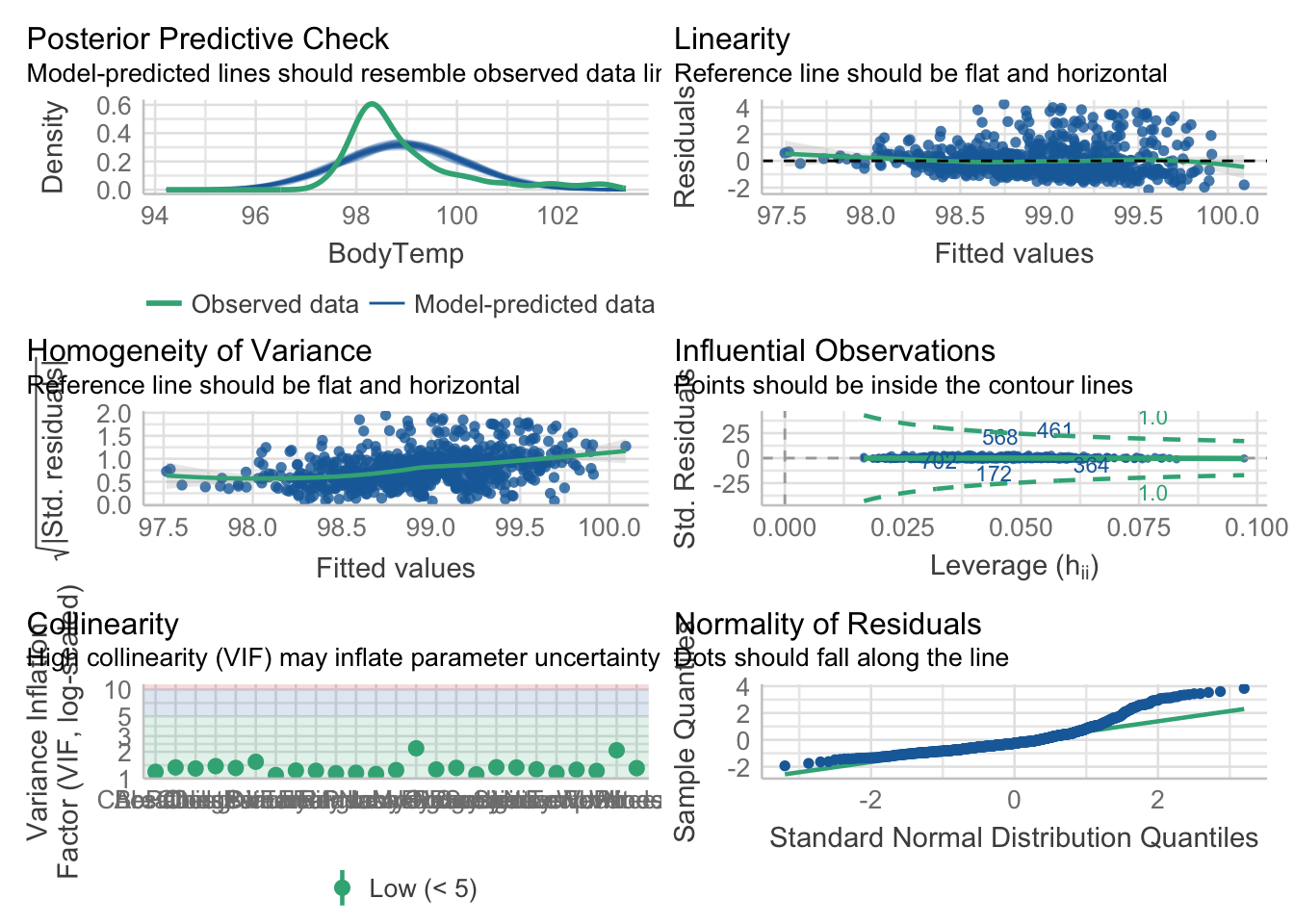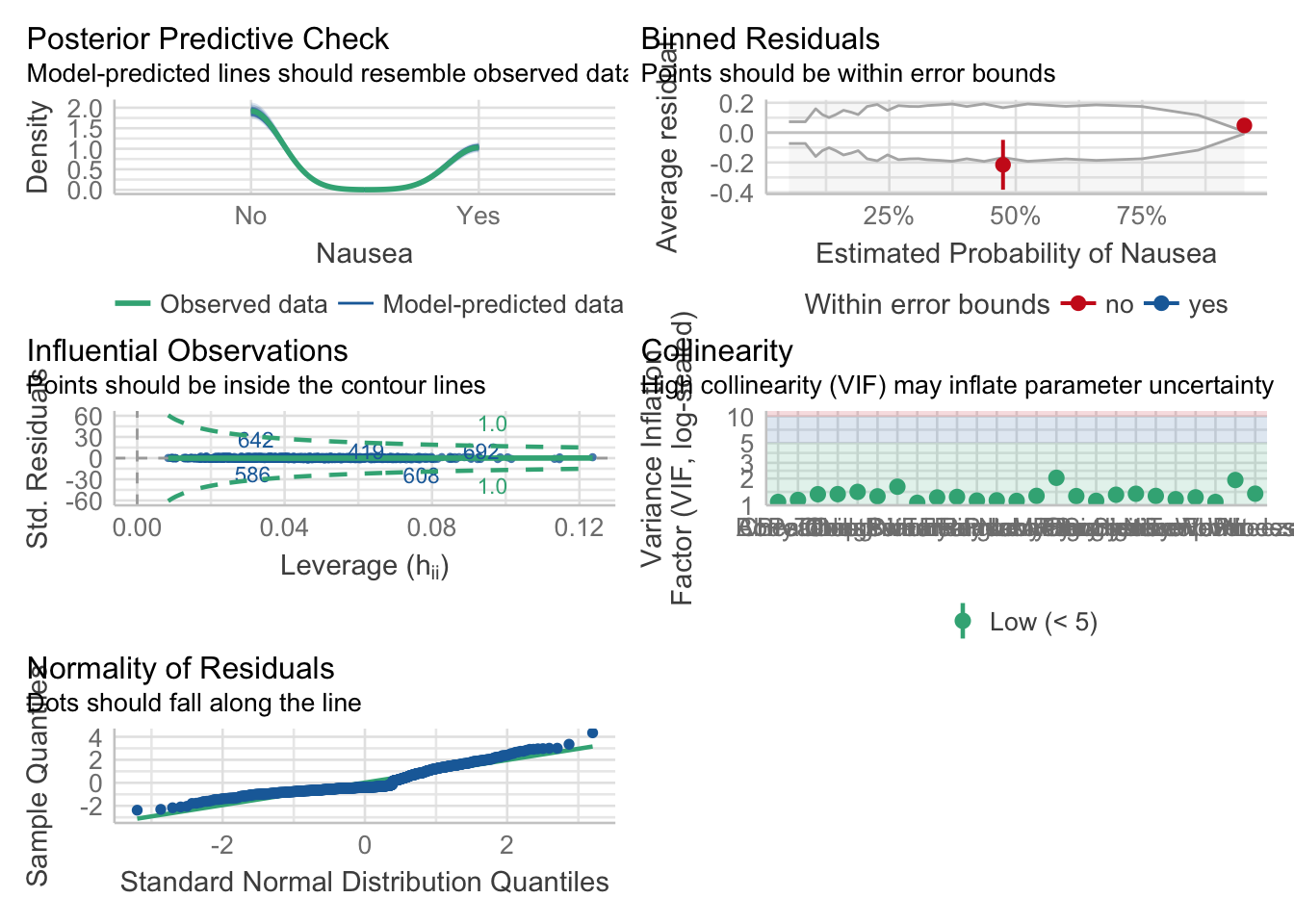library(tidyverse)── Attaching packages ─────────────────────────────────────── tidyverse 1.3.2 ──
✔ ggplot2 3.4.0 ✔ purrr 1.0.1
✔ tibble 3.1.8 ✔ dplyr 1.1.0
✔ tidyr 1.2.1 ✔ stringr 1.5.0
✔ readr 2.1.3 ✔ forcats 0.5.2
── Conflicts ────────────────────────────────────────── tidyverse_conflicts() ──
✖ dplyr::filter() masks stats::filter()
✖ dplyr::lag() masks stats::lag()library(dplyr)
library(here)here() starts at /Users/nathangreenslit/Desktop/UGA/Spring 2023/MADA/nathangreenslit-MADA-portfoliolibrary(tidymodels) # for the parsnip package, along with the rest of tidymodels── Attaching packages ────────────────────────────────────── tidymodels 1.0.0 ──
✔ broom 1.0.2 ✔ rsample 1.1.1
✔ dials 1.1.0 ✔ tune 1.0.1
✔ infer 1.0.4 ✔ workflows 1.1.3
✔ modeldata 1.1.0 ✔ workflowsets 1.0.0
✔ parsnip 1.0.4 ✔ yardstick 1.1.0
✔ recipes 1.0.5
── Conflicts ───────────────────────────────────────── tidymodels_conflicts() ──
✖ scales::discard() masks purrr::discard()
✖ dplyr::filter() masks stats::filter()
✖ recipes::fixed() masks stringr::fixed()
✖ dplyr::lag() masks stats::lag()
✖ yardstick::spec() masks readr::spec()
✖ recipes::step() masks stats::step()
• Search for functions across packages at https://www.tidymodels.org/find/library(parsnip) #Had to load this separately due to error message
# Helper packages for visualizatiob
library(readr) # for importing data
library(broom.mixed) # for converting bayesian models to tidy tibbles
library(dotwhisker) # for visualizing regression results
library(rpart)
Attaching package: 'rpart'
The following object is masked from 'package:dials':
prune#Libraries for model performance comparrison
library(performance)
Attaching package: 'performance'
The following objects are masked from 'package:yardstick':
mae, rmselibrary(vip)
Attaching package: 'vip'
The following object is masked from 'package:utils':
vi






